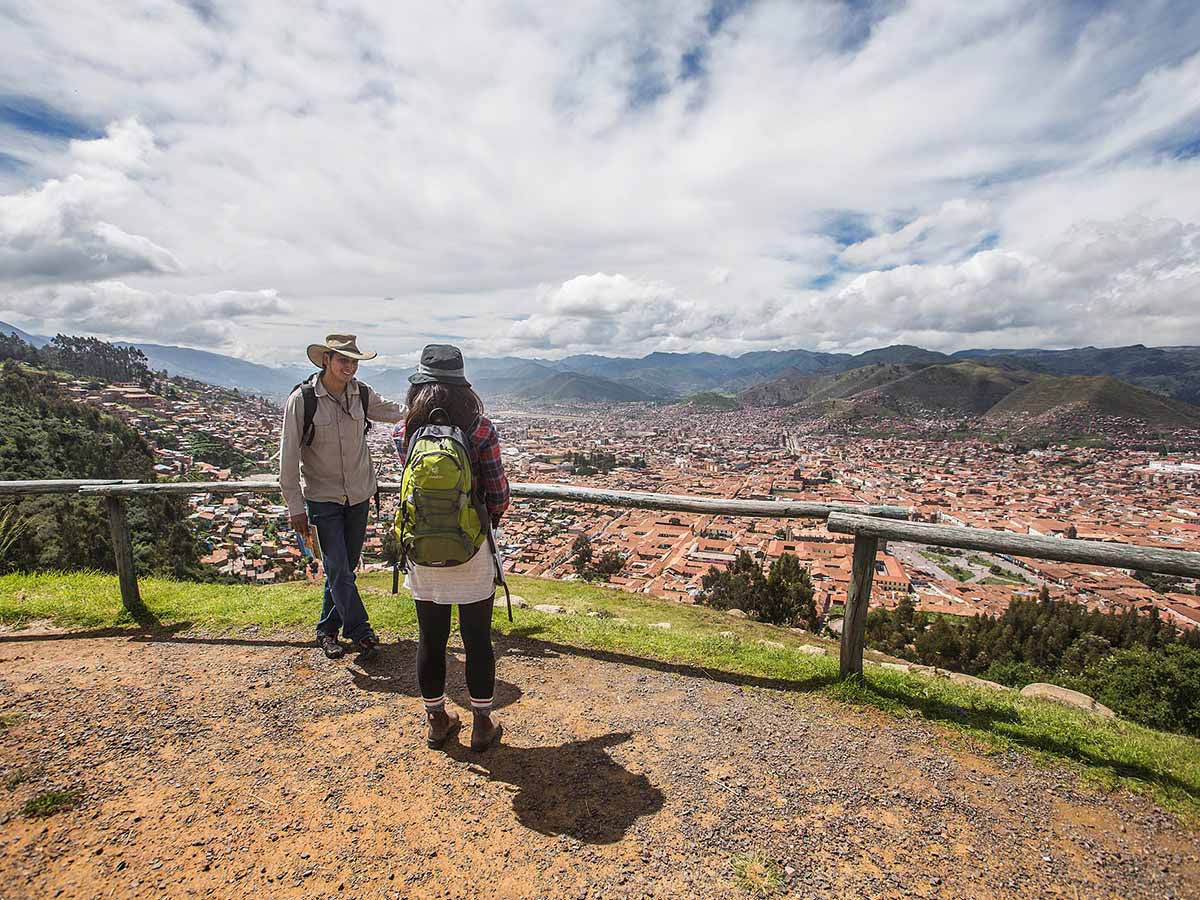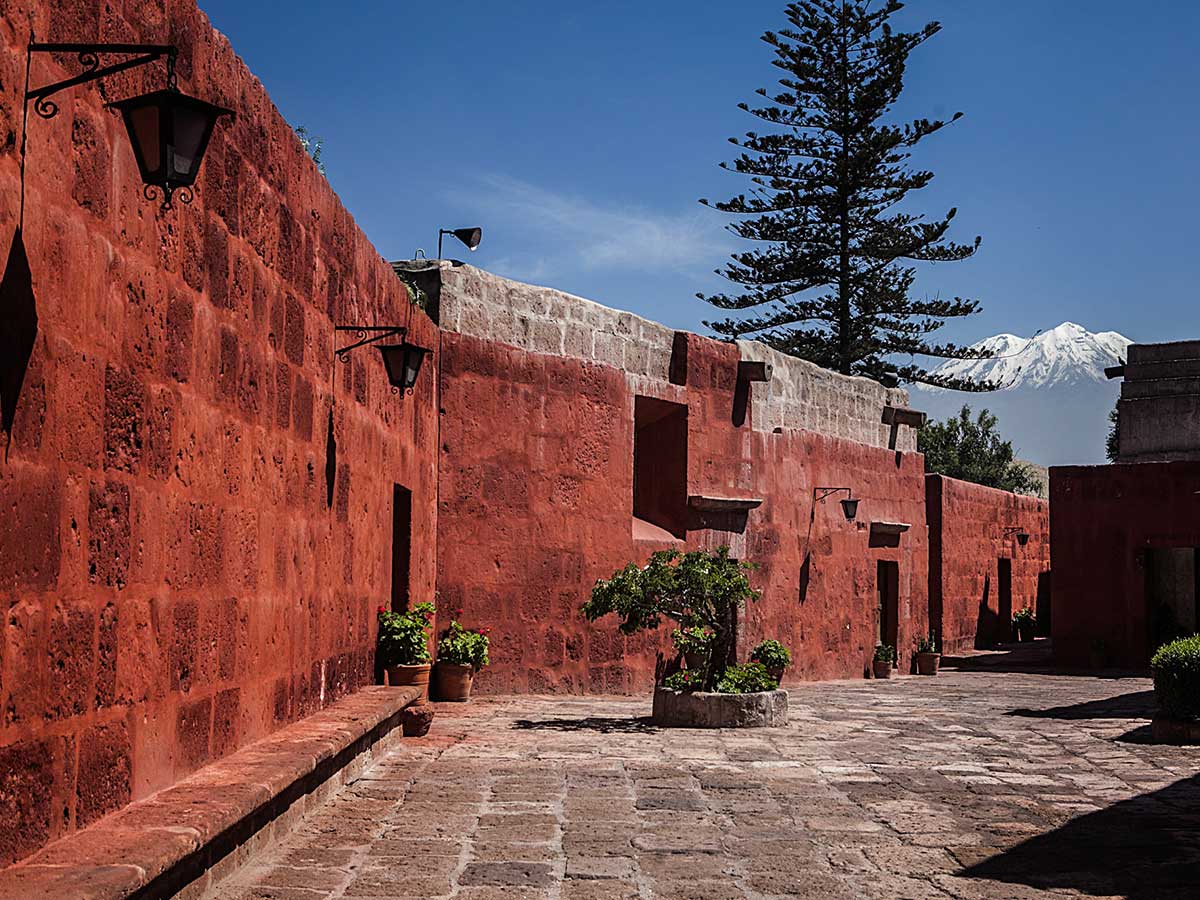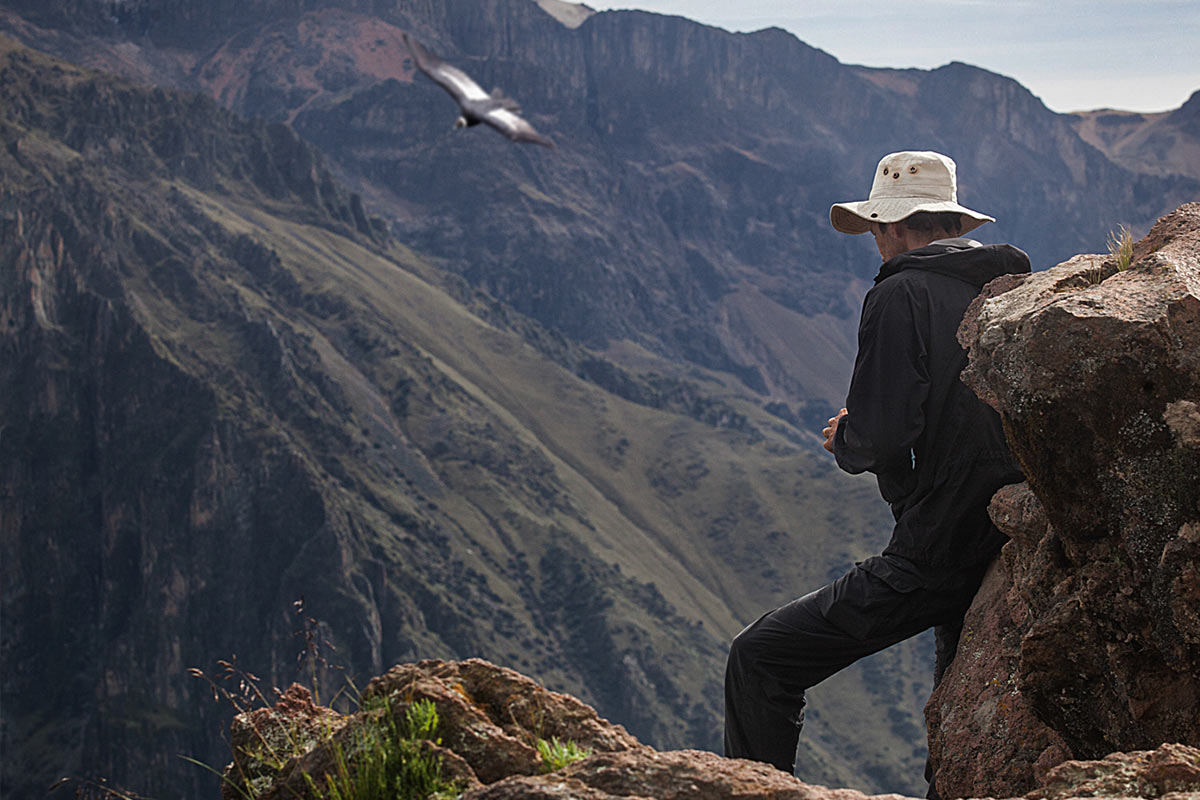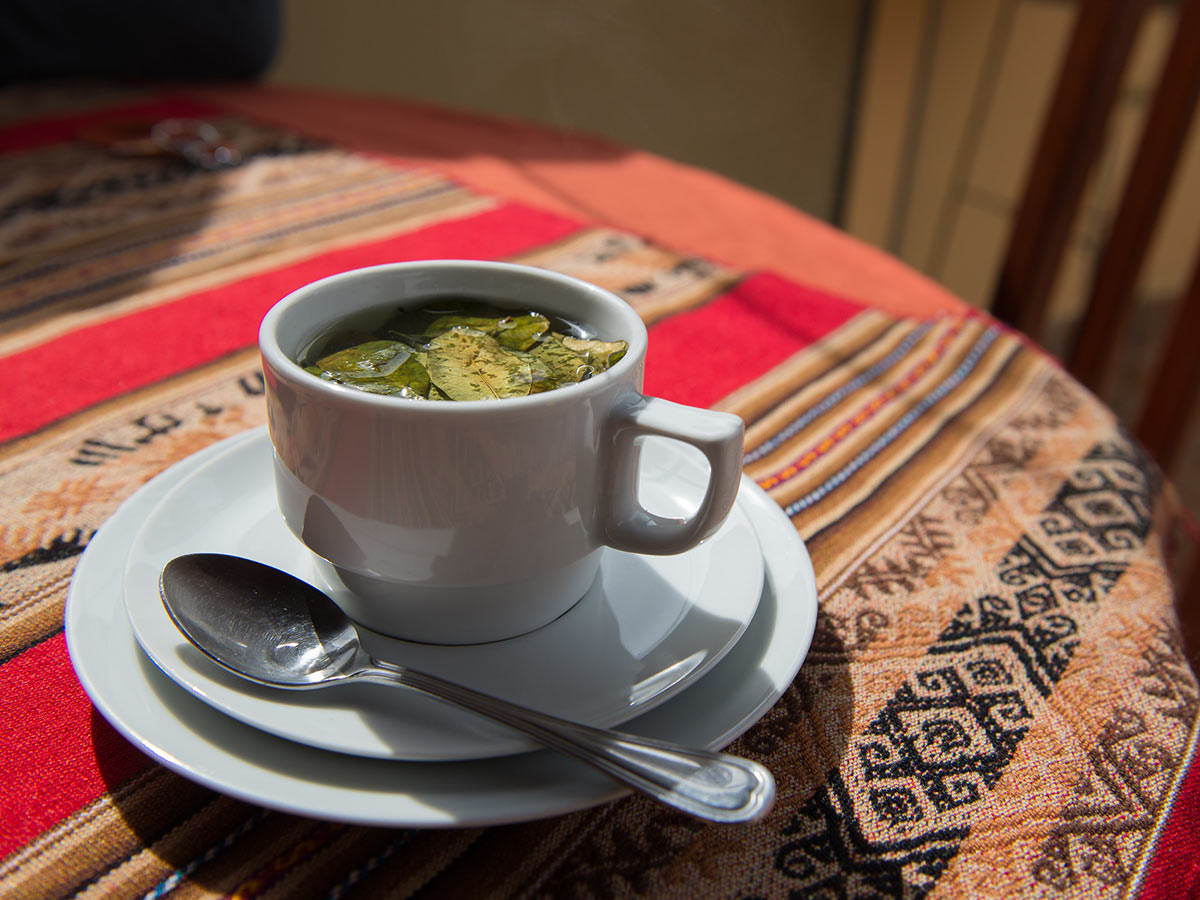 Peru is filled with many dramatic Andean summits. Photo by Peru For Less.
Peru is filled with many dramatic Andean summits. Photo by Peru For Less.Altitude sickness in Peru is a common health concern for travelers heading to the Andes Mountains and other high destinations. What locals call soroche is the body’s natural reaction to a dramatic change in elevation. Altitude sickness usually sets in at elevations higher than 8,000 ft (2,500 m) and encompasses a spectrum of symptoms from mild to more severe. While there is no way to predict how your body will react, you can travel with confidence being well informed and prepared to manage it.
Altitude illness or altitude sickness is a condition caused by a rapid change in elevation without the necessary time for acclimatization. At destinations with high elevations, such as Cusco and Lake Titicaca in Peru, the air is less dense and the body requires a larger amount to obtain the equivalent concentration of oxygen compared to sea level.
When you fly to Cusco, the 1.5-hour nonstop flight from Lima’s International Airport takes you from sea level to the age-old Inca city in the Andes at 11,155 ft (3,400 m). For many, this change in elevation translates to shortness of breath, lightheadedness, and fatigue. Some travelers experience gastrointestinal problems, such as an upset stomach, nausea, or loss of appetite.

Our Cusco guide with a traveler. Photo by Peru for Less.
Altitude sickness affects individuals in different ways. It can make some people feel very sick, while others are unphased and their bodies acclimate quickly. The myth persists that altitude sickness is determined by the general fitness level of a person, but the symptoms can affect anyone.
Many travelers only experience mild symptoms of altitude sickness, or acute mountain sickness (AMS).
Mild symptoms are normal and include, but are not limited to:
More unpleasant symptoms of AMS are:
Don’t ascend any higher with these symptoms, and if they don’t ease in a day or two, you might have to descend to a lower elevation for a while or seek medical advice.
Monitor your symptoms to ensure they do not develop into more severe forms of altitude sickness. Even better, have a friend keep an eye on you and vice versa to prevent complications and to have adequate time to descend if necessary. Our clients should also call our 24-hour emergency number given to them by their travel advisor, and our English-speaking professional will be there to inform you how to get immediate assistance.
Serious symptoms include:
If your altitude sickness symptoms worsen and medical attention is not provided they could develop into high altitude cerebral edema (HACE), swelling of the brain; high altitude pulmonary edema (HAPE), swelling of the lungs; or periodic breathing.
HACE and HAPE are serious illnesses that require immediate medical attention. In both cases, descent and medical assistance are required. If your tour group or hotel in Peru has an oxygen tank, use it immediately.
The Andes Mountains slice through the middle of Peru and divide the country into three principal regions: low coastal desert, highlands, and the Amazon . Travelers encounter the highest elevations in the central highland region that extends from the Cordillera Blanca down to Cusco and the altiplano of Lake Titicaca.
Cusco Tours:

The Santa Catalina Monastery is one of Arequipa’s top attractions you can tour before visiting Colca Canyon and other higher destinations. Photo by Peru for Less.
Elevations of popular destinations in Peru include:
Our comprehensive Peru Travel Guides are filled with destination highlights, geography info, and planning tips.
There is no foolproof approach for how to avoid altitude sickness in Peru or to know whether or not you are prone to serious complications. However, smart trip planning and preparation can help minimize your risk.
When planning a multi-destination trip to the Andes, it’s a good idea to first visit a place with lower elevation before going even higher. Uncover the Magical Andes is one of our featured tour packages that’s designed this way and fully customized just for you by our travel advisors.
Some hotels in the Andes offer supplemental oxygen directly into your room to aid with sleeping. If this is something that interests you, contact us, and ask your travel adviser to book accommodations providing such services. Most mid-range hotels will have an emergency oxygen tank. This is less common or unheard of in remote locations. It is best to be well prepared to manage symptoms.
Don’t rush into a lot of activity when you arrive at a high elevation spot. Instead, take it easy and plan a day or two of free time in your itinerary for acclimatization. Our list of things to do in Cusco offers great ways to spend free time in the historic city en route to Machu Picchu .
It is important to train in advance before doing the Inca Trail, Colca Canyon trek , or any other high elevation adventure in Peru. Make sure you are ready for the physical exertion, keeping in mind that carrying excess weight and being at increased elevation will affect your endurance.

Catch a glimpse of Andean condors while on a trekking journey in Colca Canyon, Peru. Original photo by Peru for Less.
If you are struggling, remember to lighten your load. If you’d rather not face the added hazard of carrying a heavy backpack while trekking, ask about Inca Trail porters or horses on alternative treks of Machu Picchu to aid with carrying the load. This has the added benefit of freeing you up to enjoy the views and take pictures.
Trekking Tours:
Easy steps you can take to help ease acclimatization:
“When in Rome, do as the Romans do.” This old cliche rings true: drink coca tea, or mate de coca, one of the local natural remedies for altitude sickness in Peru and Bolivia. This traditional medicine helps acclimatization, colds, and even stomach sickness.

Coca tea is on the menu at many cafes and restaurants in high elevation destinations in Peru. Image: “Mate de Coca” by Shawn Harquail , used under CC BY 2.0 / Compressed from the original.
Our travel experts understand your health concerns about altitude sickness and are here to answer your questions and tailor a custom travel package to Peru for you. Get in touch now !
Disclaimer: Peru for Less does not specialize in health advice. Discuss recommendations with your professional healthcare provider.
This article was updated in September 2020.



Email: [email protected]
Sign up to receive our newsletter for great articles, stunning photos, and special deals.